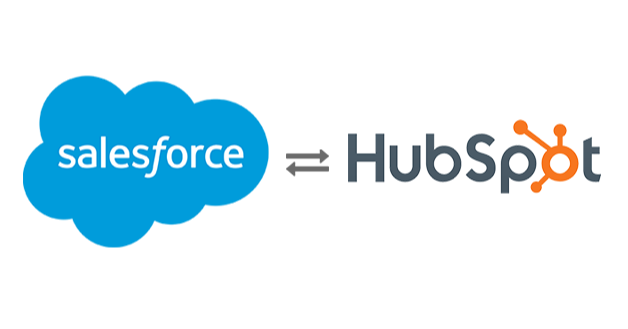Cotes to Salesforce to HubSpot Migration | Elixir Solutions

Cotes is a passionate company that builds dry-air solutions that has facilities in Denmark and Poland. They have clients and partners around the world. Clients in the energy and food sector are serviced directly by Cotes, as many of the solutions are tailored to specific requirements. With a global market share of 80% in the offshore wind industry, their dry-air solutions are trusted by some of the biggest brands in the industry.
They wanted to perform a Hubspot-Salesforce migration. We received this project from a Hubspot agency that was working with Cotes at the time. The agency knew this project was too complex for them so they contacted us to perform the migration. Not performing this migration would have left them with incomplete data in HubSpot so it was really necessary to successfully align their departments. They also found it pretty challenging to onboard salespeople when the two tools were completely separated from each other.
It was really important for them to have the migration completed within a month because their Salesforce subscription was ending then. So that was the requested timeline, and we are happy to say that we delivered on time.
With this customer case, we want to show you what you should pay attention to when it comes to this migration.
WHAT WE DID
Data cleaning
One essential step before starting a Hubspot migration is cleaning the data. By doing this the company's operations will improve in many ways. High-quality data will improve the efficiency of the business and will help with the achievement of the business goals. The sales and marketing departments benefit the most from the accurate data and this will lead to them knowing exactly where they can improve. Here are some examples of what we look for:
- Duplicates: When a new contact is added through a migration, HubSpot will look for a matching value in the Email property. If a contact exists with the same email address as the one being added, HubSpot will overwrite the existing contact record.
- Missing emails: Contacts that don’t have an email address will be deleted by HubSpot during the migration process.
- Low quality emails: For B2B, personal email addresses like “@gmail” are not as valuable and there are limitations on the way you can contact them.
- Human error: We looked at if the information was entered correctly at the origin. Human data entry error is one of the major reasons for inaccurate data. We always look for spelling errors, space, semicolons, and more. Incorrect email addresses will also be deleted by HubSpot during the migration process.
In the data cleaning phase, we also looked at if all the data they had needed to be synced. Having too much data in Hubspot is also not ideal.
Data Mapping
For the migration, we needed a data map with lists of all the fields they wanted to migrate from Salesforce to Hubspot. This keeps track of what information synchronizes between the two systems and monitors if there are any differences. There are two important details to look at:
- We needed to define a deciding/winning system and sync direction for all the fields. This is needed because some fields are better in Salesforce than in Hubspot. The Salesforce migration with Hubspot gave us the option to have sync rules so we could decide if certain fields should be overwritten.
- Fields can have similar names, so we use a technical denomination to make sure we are referring to the right property.
Some data can be easily overlooked while data mapping. This can happen with currencies or even with employees. A common mistake is not assigning an employee to the contacts of an employee who just left the company.
Testing
When performing such migrations it is important to continuously test the migration. There can always be a situation that was not envisioned so it is important to test it in parallel environments. We did this by copying the production Salesforce date into a sandbox tenant. Then we synchronized it with a test Hubspot portal that reflected their existing Hubspot system. This allowed their end-users to test all scenarios and verify that the migration met and corresponded to their needs and business cases. While testing we used the Hubspot logs to notify us of synchronization errors.
Back up
Before we sync we always make a backup of the data so we don't lose our progress. And we keep track of all the data that is created. This gave us the opportunity to ensure that we were able to remove them if any issues arose.
Phased migration
Because migration is a complex process we always execute this in a phased manner so we can optimize each step on its own. We first migrate the companies, then the contacts, then the opportunities. And for the last phase, we migrate the attachments. Doing it this way will ensure that all associations are set up correctly. If we were to do it all at once we would not have a clear overview of errors that might have occurred. For each object, we always start by migrating a few samples first. This ensures that there are no obvious errors.
CONCLUSION
With this migration they allow Hubspot to boost the efficiency of the sales processes as well as improve the overall customer experience. All of this is possible thanks to the way HubSpot can keep track of all the interactions of a customer. And having HubSpot as their only CRM makes the onboarding process much smoother.

